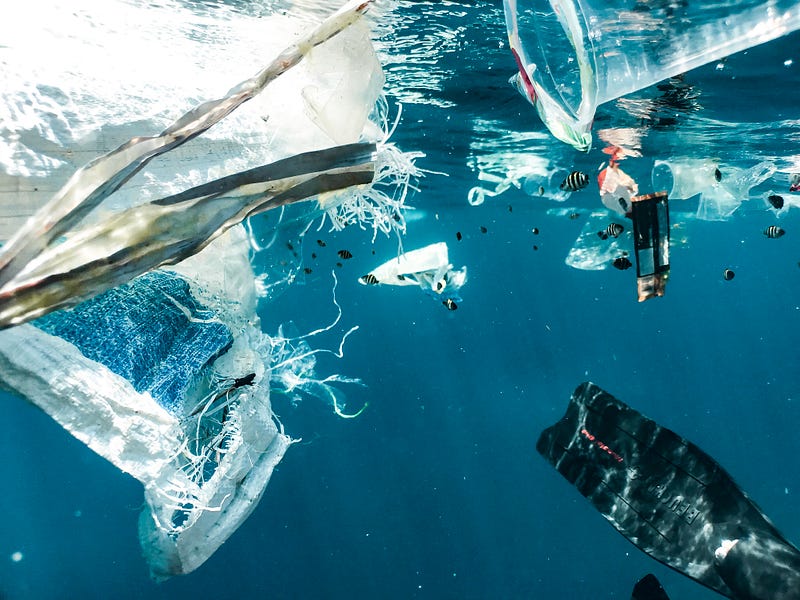Recognizing Patterns: Unveiling Hidden Stories in Society
Written on
Chapter 1: The Significance of Patterns
We should give greater thought to the patterns that surround us. They convey important narratives that we must heed.

I often find myself fixated on patterns. For instance, I've noticed that many individuals who have recently left my workplace are Black or Indigenous. Observing my children during soccer practice leads me to question why there are predominantly boys on the field while girls sit on the sidelines. Similarly, at a local science competition, I notice a team composed entirely of white participants, prompting me to wonder why no Latinx kids from that community are involved. This tendency to notice patterns can sometimes make me less enjoyable to be around, as I tend to dwell on these observations.
Nonetheless, there is a reason for my focus: patterns unveil truths that might otherwise remain obscured. My early training as a biologist honed my ability to recognize patterns, as much of science revolves around identifying and interpreting them.
In high school, I vividly recall donning oversized clown-style rubber waders and awkwardly wading into a local river to collect samples of invertebrates—tiny creatures that inhabit the water. Our objective was to assess the water quality in that area. The rationale was straightforward: different species of invertebrates have varying levels of pollution tolerance. By cataloging which ones were present, we could infer the water's pollution levels.
Certain species can thrive in polluted environments, such as leeches, which can survive in both clean and contaminated water. Thus, their presence in a stream doesn’t provide significant information about water quality. Conversely, there are pollution-intolerant species that can only exist in clean water. My favorite among these is the water penny, which resembles a small copper coin. Their presence indicates unpolluted water, as they cannot survive in poor conditions.
These pollution-intolerant species are termed indicator species because they disclose essential truths about water quality. Most notably, their absence from an area where they should typically thrive signals a harmful environment.
Pollution-intolerant creatures like water pennies are not overly sensitive; they thrived before human-induced pollution began to alter their habitats. The introduction of pollutants has disproportionately affected certain species, making water pennies excellent indicators of environmental health.
I often reflect on water pennies as I contemplate the persistent effects of racism, sexism, and other forms of discrimination in our workplaces, schools, and communities. How can we identify particularly toxic environments if we cannot visually perceive all that is amiss? Furthermore, how can we assess whether a situation is improving or deteriorating?
Perhaps we have our own indicators within our communities: groups of people whose absence or marginalization highlights an unwelcoming environment. It isn't sufficient to merely observe which individuals or groups are present, as those individuals may thrive anywhere—they are akin to leeches in our water quality analysis.
Instead, we must scrutinize the patterns of who departs and who struggles to succeed in a given space. These patterns narrate a story. If every recent departure from a workplace involves Black or Indigenous individuals, that environment is likely racist. If soccer practices primarily feature boys on the field while girls remain on the sidelines, the coaches may exhibit sexism. If a competitive science team is entirely white, that setting reflects racial bias.
We should not use these observations solely to cast blame on organizations, but we must insist that they pose critical questions: Why are certain groups absent? What aspects of this environment hinder their success? What changes are necessary for them to thrive here?
If the answers to these questions are not immediately apparent, it is our responsibility to seek them out.
It's time to improve our environments.
Chapter 2: The Power of Observation
The first video, "Get Attention! - The Secret Power of the Pattern Break!" explores how breaking patterns can capture attention and provoke thought.
The second video, "Activities for Concentration, Focus, Attention & Sitting Tolerance," discusses strategies to enhance focus and attention, which are essential for recognizing and addressing societal patterns.